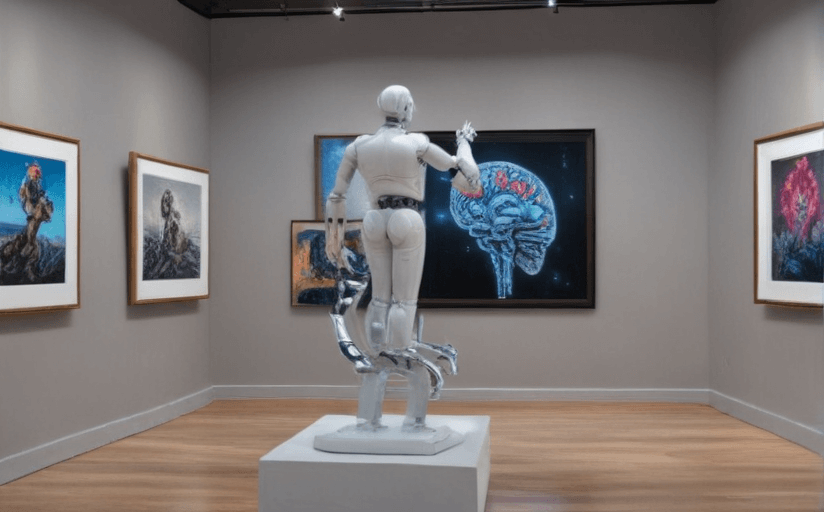The Impact of Artificial Intelligence on Contemporary Art :
As an expert in the field of Artificial Intelligence, I have observed how AI has begun to revolutionize various fields, including Contemporary Art. This intersection of technology and creativity offers a multitude of fascinating insights to explore.
AI's Revolution in Contemporary Art :
Artificial Intelligence provides an array of novel techniques and tools for creative expression. It introduces the capability to generate complex and intricate imagery, which may not have been previously possible or would have required extensive effort. With the incorporation of algorithms, machine learning, and other AI technologies, the process of creating art is evolving.
An example of this is the use of Generative Adversarial Networks (GANs) that allow machines to create realistic paintings and images. One noteworthy piece is 'Portrait of Edmond Belamy' by the collective Paris-based art group, Obvious. This artwork, created using GAN, was sold for $432,500 at Christie's auction house.
Influence on Aesthetics and Production Process :
The use of artificial intelligence in the production of art has significantly altered traditional understandings of the artistic process. It has moved beyond the traditional method of hand to canvas, introducing a new digital canvas enabled by code and algorithms. In terms of aesthetics, AI offers a wide spectrum of possibilities that attribute to the formation of new artistic styles, combining computational creativity with aesthetics.
Impact on Artists and Audiences :
Artificial intelligence not only reshapes the creator's role, it also profoundly impacts the audience's perception of art. For the artist, AI can act as a tool, collaborator, and even an autonomous entity generating art. Audiences, on the other hand, engage with AI-created art differently, as they interpret not only the artwork itself but also the technology and processes behind it.
AI: Threat or Boon to Human Creativity :
Debate continues about whether AI is a threat or a boon to human creativity. While some fear that AI may replace human artists, I believe that the co-existence of AI and human artists could lead to a richer, more diverse art landscape. AI can enhance human creativity by sparking new ideas and pushing the boundaries of what is achievable, rather than replacing human artistry.
Future Developments :
The future of AI in art holds immense potential. We may see more advanced AI algorithms capable of recognizing emotions and creating personalized art. It also holds the potential for democratizing art by enabling more people to create and engage with art.
While AI's influence on contemporary art continues to evolve, one thing is certain - the intersection of technology and creativity holds exciting possibilities for the future.



















Comments
Leave a Comment